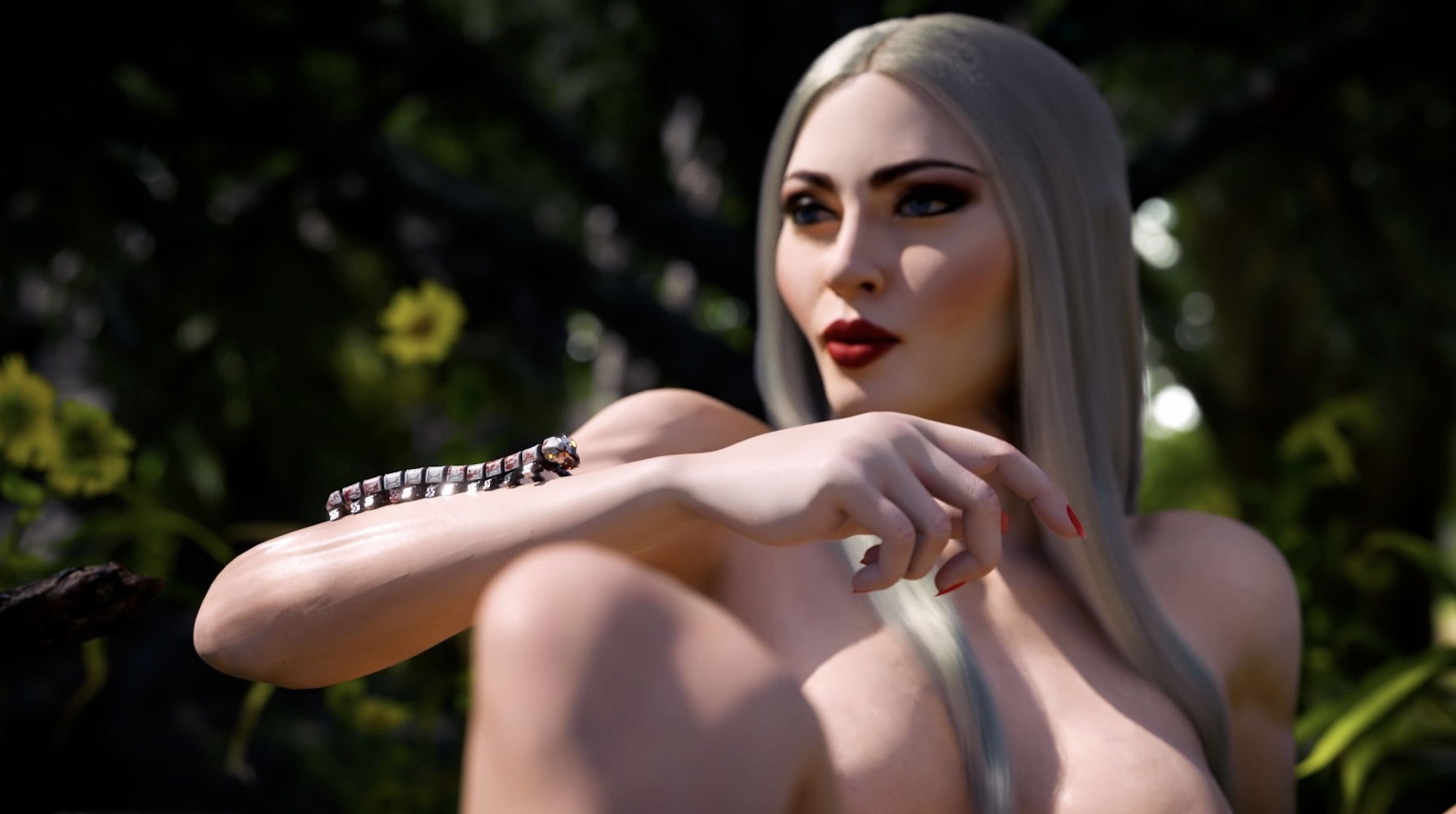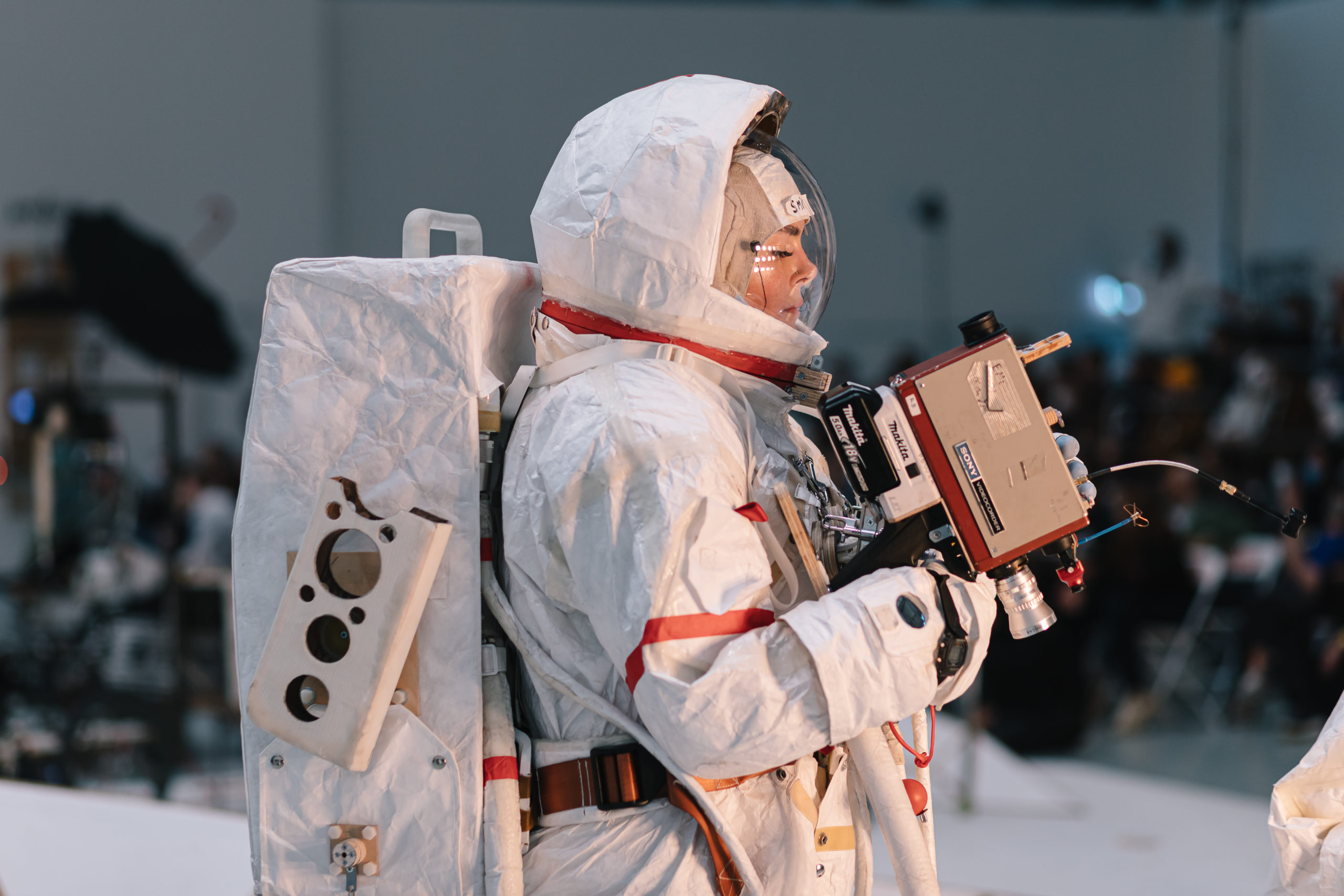Two months ago on the NFT platform Voice, the Los Angeles-based artist Nathaniel Parrott launched a series entitled “How to Kill a Wildflower.” Dedicated to Mental Health Awareness Month, the collection featured works that visually represented Parrott’s emotional and fast-paced journey to digital art stardom. After all, it was just two years ago since he joined SuperRare as an emerging artist, becoming an early adopter of NFTs.
Since, the 26-year-old creator has appeared in several successful crypto projects, such as “Fabricated Fairy Tales” on Nifty Gateway with the artist FEWOCiOUS, a collaboration with the Wright Brothers Estate, and various one-of-one sales on SuperRare and other digital art platforms.
Whitewall spoke with Parrott to hear how his work in digital art impacts his mental health, how authenticity flows in the Web3 space, and what he’s working on next.
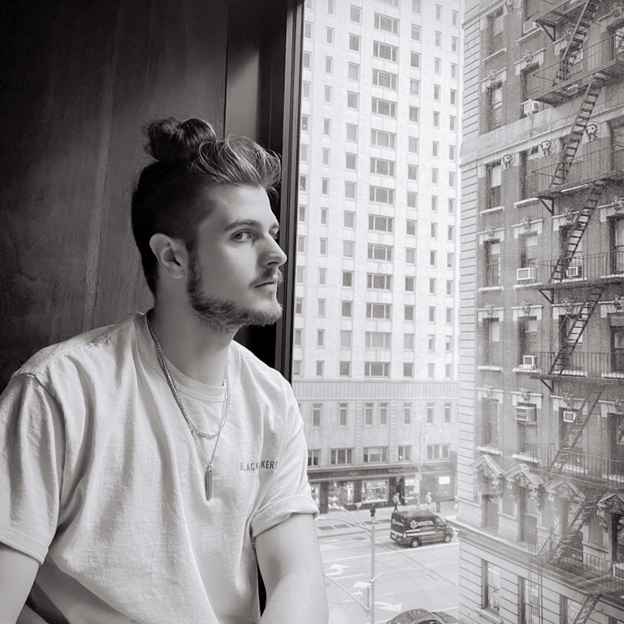
Portrait of Nathaniel Parrott.
WHITEWALL: What were your early beginnings in art like?
NATHANIEL PARROTT: I had a pull towards music at an early age and started making beats on an old desktop computer when I was 11. For the next decade, I would mainly focus on my music. About five years ago, I needed an artist to create album covers, tour posters, merch designs, and more. I couldn’t afford that at the time, so I started learning how to use visual programs and design myself. Soon, I fell in love with the creative process, and it became like music to me, a way to express myself in a universal language. I started creating art every day and somehow turned my passion into a career beyond my wildest dreams!
WW: How would you describe your creative practice now?
NP: A lot of experimenting. Sometimes I write, sometimes I make music, sometimes I doodle. These usually build up into bigger visions and ideas where I work in Cinema4d, Photoshop and Ableton to create my final works.
WW: What’s a typical day in your L.A. studio like?
NP: Listening to music, drinking tea or coffee, watching documentaries, finding inspiration, creating music, playing with different visual ideas, and writing down all my ideas.
WW: You were an early adopter of NFTs. Why was that space an avenue you wanted to explore?
NP: I like things that question the status quo. All my life I never questioned the idea of money, but when I heard about Bitcoin in 2012, I thought, “Wow, people can just create their own currency?” That paired with decentralization really got me interested in crypto. Though as a hungry artist, I never really dabbled with it firsthand, I just watched from a distance. When I first heard of NFTs, I thought they were really cool and that I finally had a passionate and creative angle to immerse myself into the crypto sphere.
WW: How has it been working in the Web3 space?
NP: I love it. I live with a chaotic and always changing schedule and I’m also probably addicted to the internet and technology, so it’s a good mix. I get to work on what I’m passionate about, I constantly am inspired by my peers, and it’s the first community I’ve seen that really puts their money where their mouth is when it comes to their beliefs on art and culture.
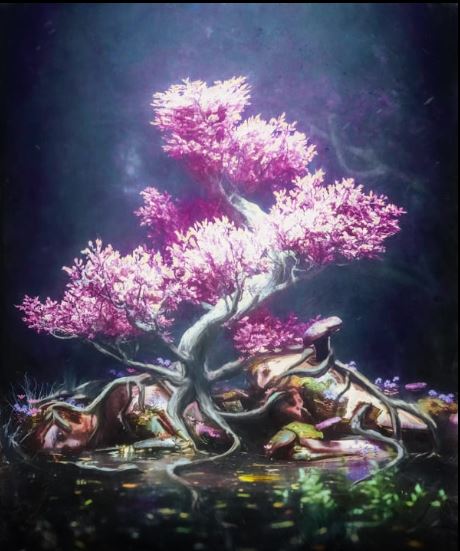
“How to Kill a Wildflower,” Nathaniel Parrott, courtesy of the artist.
WW: For Mental Health Awareness month, you created a work entitled “How to Kill a Wildflower.” What did you aim for that work to represent?
NP: This project was a way for me to work through intense emotions related to such a fast trajectory in my career. By autumn of 2021, I felt pretty burned out. I had a lot of large life changes happen at once, and I wasn’t leaving space for myself to integrate these changes and feelings. My creativity was suffering and usually art was my outlet, but it felt like a monetized commodity, speculated on by people who just wanted to make money.
It was hard to tell if I was creating for myself or for the pressures I felt were on me as an artist. I equated myself, and my creativity to a wildflower, natural and spontaneous. When that wildflower is picked, placed into a vase and admired, slowly it dies. Turning these emotions into art and music is what restored my love of creating and reminded myself of why I truly make art.
WW: Why did you decide to launch it on Voice?
NP: I chose for ‘How to Kill a Wildflower’ to be available for collection exclusively on Voice because of their mission to empower creators from all walks of life. My friend, and artistic collaborator Chad Knight invited me to be a part of his Voice Residency Program last August. After meeting with the team and learning more about the platform and how they aligned with my own personal creative visions, it was an easy decision to release this project through their platform. As part of their 2022 NFT Residency Program, I’ve been able to work alongside talented established and emerging creatives to mint some remarkable NFT collections. Currently, you can purchase my collection here.
WW: How was this work made?
NP: It started first with a six-line poem. From there, art was created for each line in 3-D and painted over in photoshop. After this I created a six-piece song that intertwines the visual and auditory pieces.
WW: You’ve collaborated on works in the past, such as with the Wright Brothers Estate. What do you feel collaboration brings to art?
NP: Visual collaborations are honestly a relatively new thing for me. I believe art is best when inclusive and it’s always incredibly exciting tackling projects with fresh ideas and collaborators. A rising tide lifts all ships.
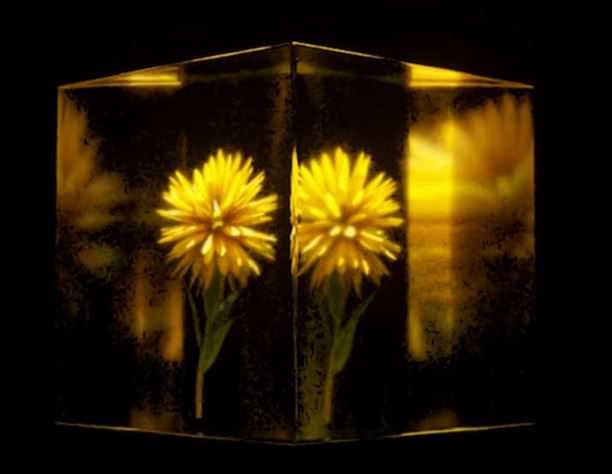
“How to Kill a Wildflower,” Nathaniel Parrott, courtesy of the artist.
WW: How do you feel art impacts our mental health?
NP: I believe it’s incredibly important to have an outlet for emotions, whether that be painting, writing, singing, etc. Personally, being able to pour my heart out into music and art has saved my life and gives me reason to keep on being my best self.
At the same time, art is a universal language and can have immense emotional impact on the viewer and/or collector. Just as much as creating, consuming art has been some of the most important, spiritual, and life-changing moments.
WW: How did the pandemic impact your idea of being a creator?
NP: I think the pandemic accelerated the world’s digitization. It drew my attention to more online based communities, like the NFT community. I realized that bonds made through the internet can lead to such fulfilling “IRL” friendships.
WW: How has the demand of digital works impacted you as an artist?
NP: It’s definitely given me more opportunities than I ever thought possible. A few years ago, many people did not consider digital artists “real artists,” so to see the sentiment change so fast on a global scale has been wild. It’s been incredibly fulfilling to know my work has had an impact on people and I feel grateful to be in the position I am now.
WW: What are you working on this summer?
NP: After finishing up “How to Kill a Wildflower,” I’m now looking out at the next 18 months. I want to get a studio in Washington and build out something physical—with digital ties, of course. I feel like the ripples have settled a bit and I can now focus much more clearly on what I want to create long-term. This year I’ll be focusing a lot more on one-of-one series, to go back to my roots. Beyond that, I’ll be experimenting with new mediums, new collaborators, and new stories to tell.
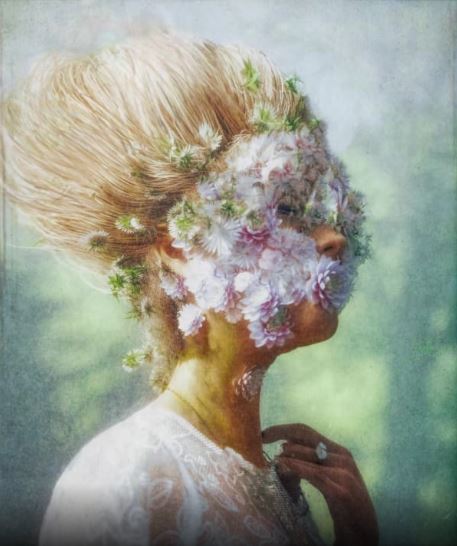
“How to Kill a Wildflower,” Nathaniel Parrott, courtesy of the artist.




